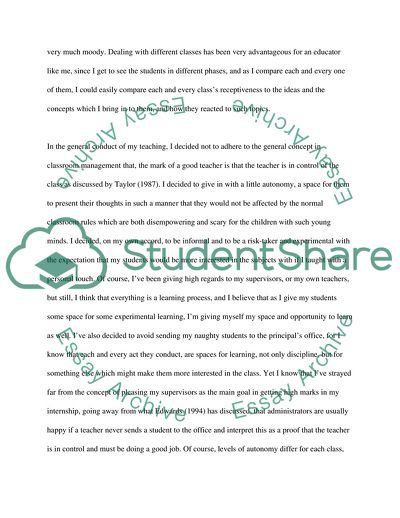Cite this document
(Personal Response Journal: The Teacher Essay Example | Topics and Well Written Essays - 2500 words, n.d.)
Personal Response Journal: The Teacher Essay Example | Topics and Well Written Essays - 2500 words. https://studentshare.org/education/1709155-personal-response-journal
Personal Response Journal: The Teacher Essay Example | Topics and Well Written Essays - 2500 words. https://studentshare.org/education/1709155-personal-response-journal
(Personal Response Journal: The Teacher Essay Example | Topics and Well Written Essays - 2500 Words)
Personal Response Journal: The Teacher Essay Example | Topics and Well Written Essays - 2500 Words. https://studentshare.org/education/1709155-personal-response-journal.
Personal Response Journal: The Teacher Essay Example | Topics and Well Written Essays - 2500 Words. https://studentshare.org/education/1709155-personal-response-journal.
“Personal Response Journal: The Teacher Essay Example | Topics and Well Written Essays - 2500 Words”. https://studentshare.org/education/1709155-personal-response-journal.


